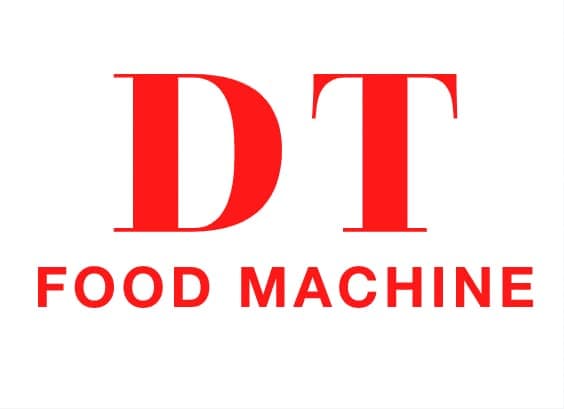Оршил
Газрын самрын тос нь зөвхөн өтгөн эсвэл өтгөн тархахаас илүү зүйл юм; Энэ бол баялаг түүхтэй дэлхийн хоолны куальтууд юм, Олон төрлийн үйлдвэрлэлийн техник, ихээхэн тэжээллэг тэжээл, ирээдүйд ирээдүй. Шарсан талханд дуртай эсэх, жороор, эсвэл уураг савласан зууш болгон, газрын самрын цөцгийн тосыг ойлгох нь эртний шинэлэг тариалалтыг орчин үеийн шинэлэг дэвшүүлдэг.
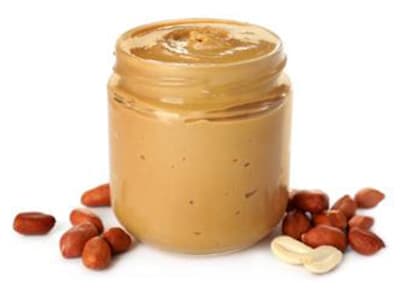
1. Газрын самрын цөцгийн тос, түүх
Дуу уг Газмаг (Arachis гипога) Өмнөд Америкт гаралтай, ялангуяа Бразил ба Перу гэж нэрлэдэг бүс нутагт. Конасс, AZTECS, AZTECS-ийн эртний соёл иргэншил, AZTECS нь газрын самарыг чухал уураг эх үүсвэр болгон ашигладаг, тэдгээрийг хоолны дэглэм, хоолны уламжлалд оруулах. Испанийн Explorers-ийн дараа 16-р зууны эхэнд газрын самарыг танилцуулав, газрын самрын тосыг таних газрын тосны өмнө боловсруулсан хоол хүнс.
Газрын самрын цөцгийн тосыг 19-р зууны сүүлээр зохион бүтээгчдэд зориулж хэдэн зохион бүтээгчдэд тооцогддог. Хуурайц. Жон Харви Келлогг, эрдэнэ шишийг зохион бүтээсэн алдартай, Газрын самрын оо үүсгэх үйл явцыг патентжуулсан 1895 Хатуу хоол хүнс зажлах чадваргүй өвчтөнд тэжээллэг уураг орлуулах. Нэгэн зэрэг, Marcellus Gilmore Edson Edson нь шарж самартай самарыг цөцгийн тос шиг нунтаглах арга замыг нээлээ. Газрын самрын тосыг 20-р зууны эхээр АНУ-д, ялангуяа дэлхийн дайны үеэр I ба II ба II нь цэргүүдийн уураг баялаг.
2. Газрын самрын тосыг хэрхэн хийдэг вэ: Фермээс ваар хүртэл
2.1 Тахилын хоолны газар
Газрын самар нь элсэрхэг хөрстэй дулаан уур амьсгалд цэцэглэн хөгждөг. Томоохон үйлдвэрлэгчид АНУ-ыг багтаасан болно, Хятад, Лиа, Африкийн хэд хэдэн орнууд. Газрын самарыг хурааж авсны дараа, Тэд боловсруулалтыг боловсруулахад илгээж, хатаахаас өмнө хатааж, бүрхүүл хийдэг.
2.2 Гүений тосны тос Боловсруулах алхамууд
- Шиг цуу авах: Газрын самар нь амт, үнэрийг сайжруулахын тулд шарж иддэг.
- Тайвшуу: Шарсан хөргөлт нь хэт их давхцдаг.
- Нисэнэ: Арьс арилгах, заримдаа хуваах хагасыг арилгах.
- Цайны нунтаг: Шарж хунрын самар нь боож өгнө, газрын самрын цөцгийн тос.
- Холд: Давс гэх мэт найрлага, элсэн чихэр, тогтворжуулагч нэмж болно.
- Сав баглаа боодол: Газрын самрын тосыг лонхтой саванд хийнэ, далайн өгөөлаг, мөн шошголсон.
2.3 Самрын тосны төрөл
- Байгалийн самар: Ихэвчлэн газрын самар, заримдаа давс агуулдаг; Насны салалт нь байгалийн жамаар тохиолддог.
- Тос vs. Нурц: Цөцгий нь гөлгөр бүтэцтэй байдаг; Чунки нэмэлт хямралд зориулж жижиг самрын хэсгийг агуулдаг.
- Амтат сортууд: Зөгийн балны самрын тосыг багтаана, шоколадтай, эсвэл халуун ногоотой холимог.
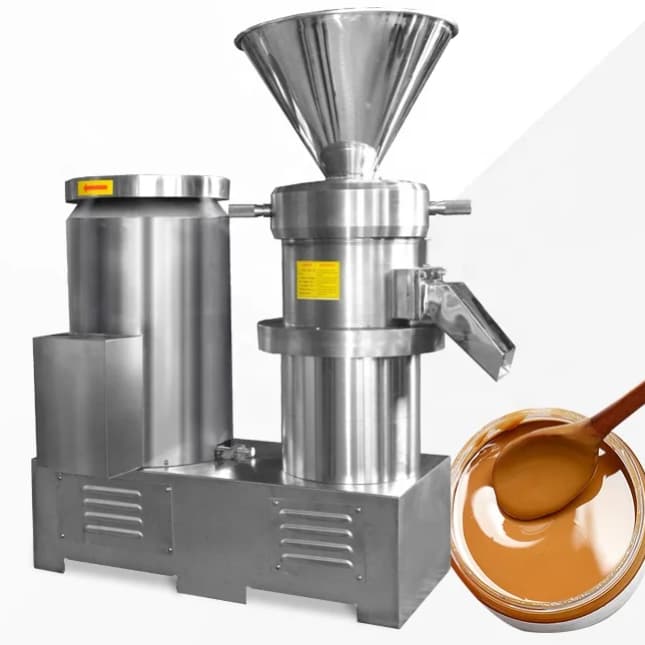
3. Хоол тэжээлийн профайл, эрүүл мэндийн тэтгэмж
Газрын самрын тос бол тэжээллэг-өтгөн юм, ургамалд суурилсан уураг маш сайн эх сурвалжийг санал болгож байна, эрүүл сармагчинд, полунжатсатурт өөх тос, хоолны дэглэм, витамин (e ба b stramamins), магнид шиг чухал ашигт малтмал, күлийн ноогал, болон фосфор.
3.1 Эрүүл мэндийн давуу тал
- Эрүүл мэнд: Газрын самрын тосыг тогтмол хэрэгжүүлсэн нь LDL cholesterol болон эрүүл өөхний профайлаас болж LDL-ийн холестерол, сайжруулсан зүрх судасны эрүүл мэндийг багасгасан.
- Цахилгаан мөнгө: Уураг, эслэг дэх өндөр, Газрын самрын тос нь SEARITE-ийг дэмжиж, хоолны дуршилыг хянах боломжтой.
- Цусан дахь сахарын журам: Газрын самрын тос нь бага гликемийн индекстэй, Тогтвортой цусан дахь сахарын түвшинг хадгалахад тохиромжтой болгодог.
- Антиоксидант шинж чанарууд: Remverxidant-д баялаг, аль нь иосойжлын стресс, үрэвсэл.
3.2 Явж байна
- Газрын самрын харшилтай хүмүүс том харшлын урвалын эрсдэлтэй холбоотой.
- Тэтгэмжийг үл харгалзан, газрын самрын тос нь илчлэгийн өтгөн өтгөн; Хэт их илчлэг ихтэй байхаас зайлсхийх нь чухал юм.
4. Хамгийн сайн самрын тосыг сонгох
Газрын самрын тосыг сонгохдоо, анхаарч үзэх:
- Найрлагын жагсаалт: Хамгийн бага найрлага (газрын самар ба давс) илүү байгалийн бүтээгдэхүүнийг заана уу. Устөрөгчийн тосноос зайлсхий, Элсэн чихэр нэмсэн, хиймэл хадгалалт.
- Гэрчилгээ: Ийн оршил, gmo биш, мөн шударга худалдааны гэрчилгээ нь ихэвчлэн чанар, ёс зүйн үйлдвэрлэлийг илэрхийлдэг.
- Бүтэцтэй сонголт: Хувийн амт, төлөвлөсөн хэрэглээнд суурилсан өтгөн эсвэл chunky-ийн хооронд шийднэ.
- Брэнд нээмэл: Зарим брэндүүд нь байгалийнд анхаарлаа төвлөрүүлдэг, Жижиг багц үйлдвэрлэл, Бусад нь тууштай байдал, массын хүртээмжийг эрэмбэлэх үед.
5. Нийтлэг домог
- "Газрын самрын тос нь жин нэмэхэд хүргэдэг": Өндөр калори дээр, Судалгаагаар дунд зэргийн хэрэглээ нь сатиник нөлөөнөөс болж жингийн менежментийг дэмжих боломжтой.
- "Байгалийн самрын тос нь хэтэрхий эмх замбараагүй байна": Худгийг хутгана, тархахад хялбар болгодог.
- "Газрын самрын тос нь зөвхөн зуушны хувьд": Энэ нь маш олон талын бөгөөд хоол хийхэд ашиглаж болно, жигнэх, тэр ч байтугай амтат хоол.
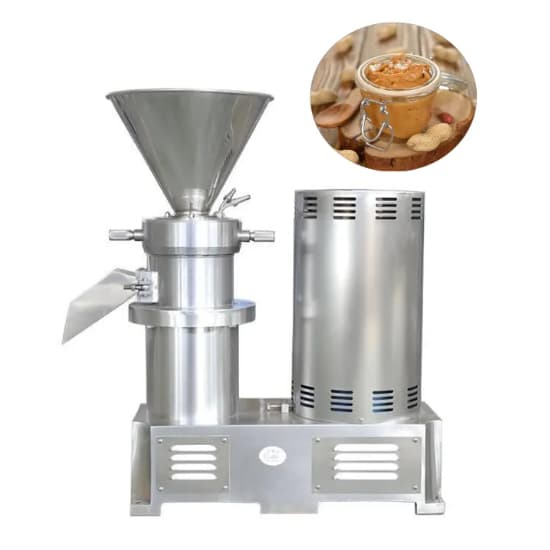
6. Хоолны хэрэглээ ба жор
- Сонгонгууль: Талх эсвэл шарсан талхаар тараана.
- Туун: Жигнэмэгээр ашигладаг, ху хутгаан, цамц, ба баар.
- Хооллох: Азийн газрын самрын сүмсийг үүсгэдэг, бэлтгэл Бурханы, ба маринадууд.
- Бутээлч: Газрын самрын тос гөлгөр, салсан сэлбэг, мөн ч байтугай амтат шөл.
7. Тогтвортой байдал, газрын самрын үйлдвэр
7.1 Байгаль орчинд үзүүлэх нөлөөлөл
Газрын самар бол хөрсийг хөрсөнд бэхэлдэг легио юм, хөрсний эрүүл мэндийг сайжруулах, синтетик бордуулагчийн хэрэгцээг бууруулах. Тэд бас бусад самарнаас бага ус шаардагдана, тогтвортой хөдөө аж ахуйд хувь нэмэр оруулах.
7.2 Шударга худалдаа, ёс зүйн газар тариалан эрхэлдэг
Шударга худалдааны газрын самрын тосыг дэмжиж буй газрын самрын тосыг дэмжиж, тариаланчдын үр дүнг хүлээн авдаг бөгөөд тариалан эрхэлдэг фермийн практикийг дагаж мөрддөг, эдийн засгийн болон хүрээлэн буй орчны сайн сайхан байдлыг сурталчлах.
8. DIY вандас цөцгийн тос: Өөрийгөө хэрхэн хийх вэ
Гэртээ газрын самрын тос хийх нь энгийн зүйл юм:
- Түүхий самарыг 350 ° F дээр шарж (175°C) төлөө 10-15 минут.
- Бага зэрэг хөргөж, өтгөн процессортой, өтгөн эсвэл хэсэг.
- Давс нэмэх, Бага зэрэг тос, эсвэл чихэрлэг зүйл хүссэн.
- Агааргүй саванд хадгалах саванд нэг сар хүртэл хадгална.
9. Инноваци ба ирээдүйн чиг хандлага
- Функцын самрын тос: Пробиотик байдлаар бэхжсэн, витамин, эсвэл эрүүл мэндийн ашиг тусыг сайжруулах уураг.
- Автомажуулалт: Нарийвчилсан машин механизм нь тууштай байдал, үйлдвэрлэлийн үр ашгийг сайжруулдаг.
- Эко найрсаг сав баглаа боодол: Biodergradable болон дахин боловсруулах боломжтой материал дахь шинэлэг зүйлүүд хүрээлэн буй орчны нөлөөллийг бууруулдаг.
- Генетикийн дэвшил: Гантанд тэсвэртэй, өвчнөөр тэсвэртэй, эмзэг бүлгийн самрын сорт, үр өгөөж, чанарыг нэмэгдүүлэх.
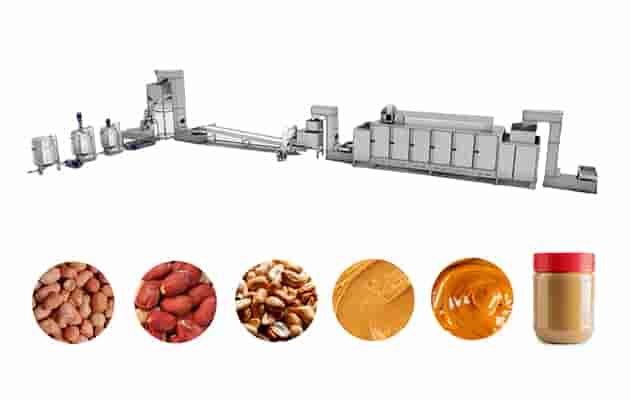
10. Глобал соёлд газрын самрын тос
Iconic самрын тос, вазелин сэндвичийг АНУ-д. Зүүн Өмнөд Азийн болон Африкийн газрын самрын махан дахь газрын самрын сошүүд, самрын тос нь үүнийг тэвэрдэг олон янзын соёлыг тусгасан болно.
11. Түгээмэл асуултууд (Faqs)
- Газрын самрын тос нь чихрийн шижингийн хоолны дэглэмийн нэг хэсэг байж болно? Мон, байгалийн самрын тос нь бага гликемийн индекстэй, Гэхдээ дунд зэрэг нь түлхүүр юм.
- Байгалийн самрын цөцгийн тосоор газрын тосны салалтаас хэрхэн урьдчилан сэргийлэх вэ? Ашиглах, хөргөхөөс өмнө сайн хутгана.
- Самрын тосны цавуулаггүй? Цэвэр самрын тос нь цавуулаггүй болно, гэхдээ үргэлж нэмэлт зүйлд шошгыг шалгаж байгаарай.
Байгуулах
Самрын тос нь зөвхөн тархалтаас илүү их зүйл юм, тэжээл, дэлхийн хүнсний соёл. Түүний баялаг түүх, versatile програмууд, ирээдүй ирээдүйгээ хийх нь үүнийг тэсвэрлэх дуртай. Түүний гарал үүслийг ойлгох замаар, Үйлдвэрлэлийн аргыг, эрүүл мэндийн давуу тал, ба хувьсал хувьсагч хувьсал, Хэрэглэгчид газрын самрын цөцгийн тосыг бодож, эелдэг байдлаар үзэх боломжтой.
